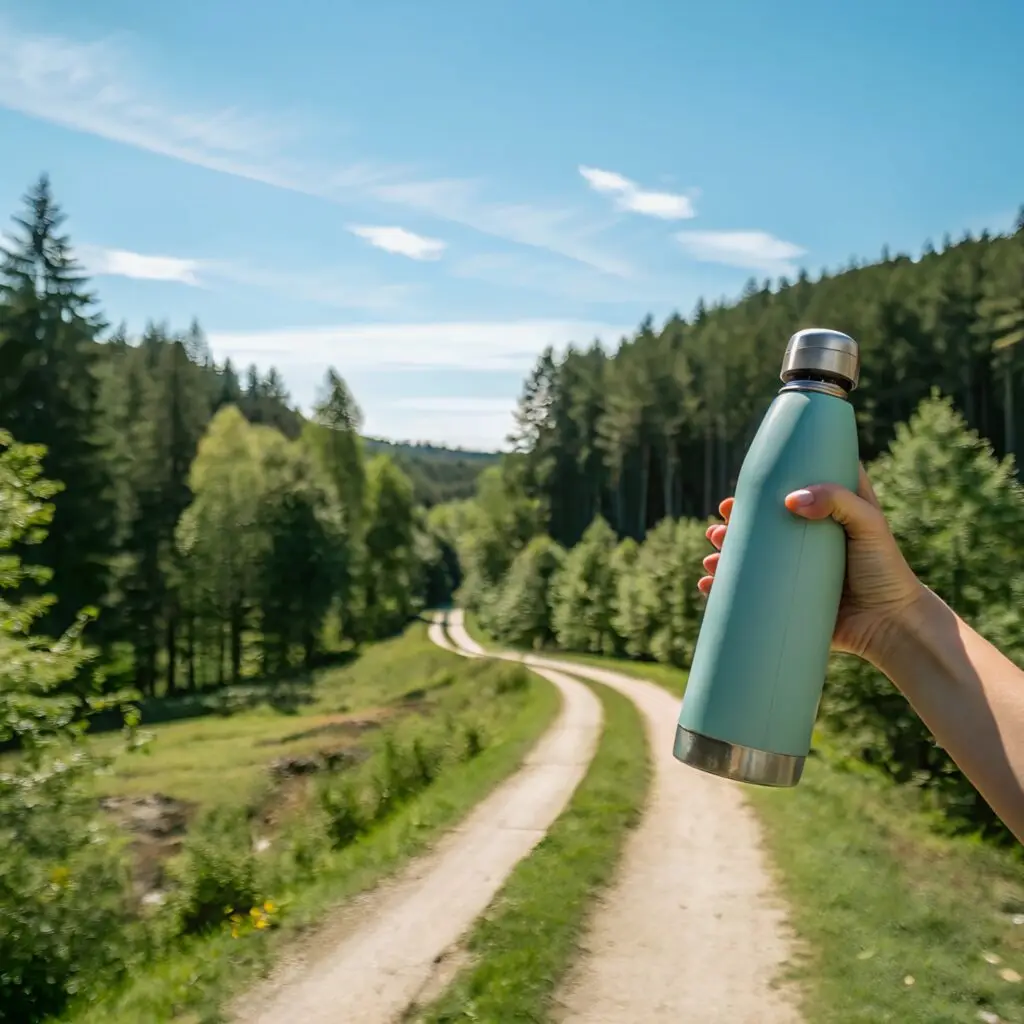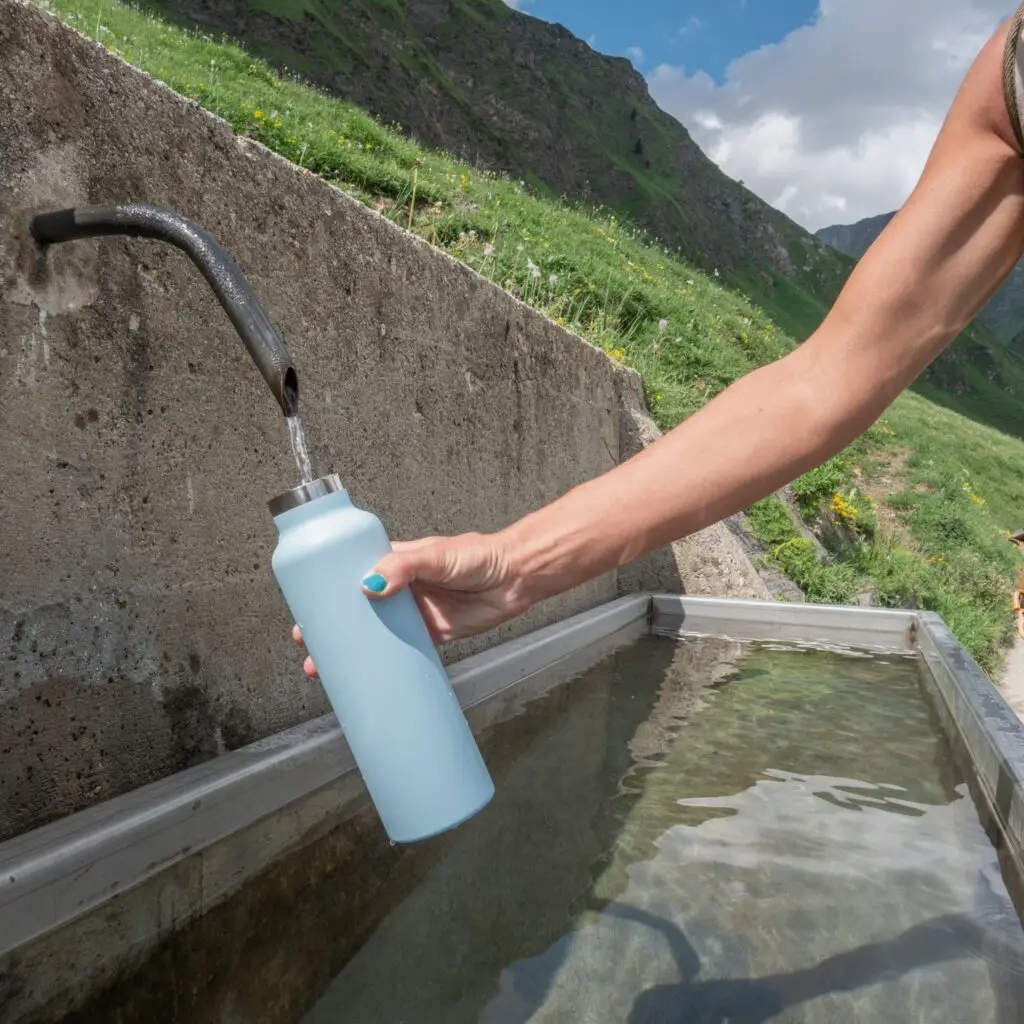Traveling the world is an adventure that broadens your horizons, introduces you to new cultures, and creates memories that last a lifetime. However, tourism also has a significant environmental impact, from carbon emissions to plastic waste. The good news? You can still satisfy your wanderlust while treading lightly on the planet by adopting sustainable travel habits.
In this guide, we’ll explore practical ways to minimize your environmental footprint while traveling. Whether you’re exploring exotic beaches or bustling cities, these tips will help you enjoy meaningful adventures that leave the world a better place.
Table of Contents
ToggleWhy Sustainable Travel Matters
Tourism accounts for about 8% of global carbon emissions, with transportation, accommodation, and activities all contributing to environmental degradation. By traveling more sustainably, you can reduce your impact and support initiatives that protect the planet.
Benefits of Sustainable Travel
- Environmental Protection: Reduces pollution, conserves resources, and protects wildlife.
- Cultural Preservation: Supports local traditions and communities.
- Personal Growth: Encourages meaningful connections and mindful experiences.

1. Choose Eco-Friendly Transportation
How you travel can significantly affect your carbon footprint. While flying is often unavoidable, there are ways to make your journey more sustainable.
Tips for Greener Travel:
| Transport | Eco-Friendly Option |
|---|---|
| Short Distances | Walk, bike, or use public transportation. |
| Long Distances | Opt for trains or buses over short-haul flights. |
| Air Travel | Choose direct flights and airlines with carbon offset programs. |
Pro Tip: Offset your flight’s emissions by contributing to carbon offset programs like Gold Standard or Cool Effect.

2. Pack Smart and Light
Packing efficiently not only makes your trip more convenient but also reduces your environmental impact. Heavier luggage requires more fuel to transport, and overpacking often leads to waste.
What to Pack for Sustainable Travel:
- Reusable Essentials: Water bottle, shopping bag, bamboo utensils, and a coffee cup.
- Eco-Friendly Toiletries: Solid shampoo bars, toothpaste tablets, and biodegradable soap.
- Durable Clothing: Pack versatile, long-lasting clothes instead of fast fashion.
Pro Tip: Stick to a carry-on whenever possible to reduce the weight and energy required for air travel.
3. Stay at Sustainable Accommodations
Your choice of lodging can significantly impact your footprint. Eco-friendly accommodations prioritize energy efficiency, water conservation, and waste reduction.
What to Look For:
| Feature | Example |
|---|---|
| Renewable Energy Sources | Solar panels or wind energy. |
| Water Conservation | Low-flow fixtures, towel/linen reuse policies. |
| Waste Management | Recycling programs and minimal single-use plastics. |
Examples of Eco-Friendly Options:
- Eco-Lodges: Built sustainably and often immersed in nature.
- Green Hotels: Certified by programs like LEED or Green Key.
- Home Stays: Staying with locals often has a smaller environmental footprint.

4. Support Local Economies
Sustainable travel goes beyond the environment—it’s also about supporting the communities you visit. Spending your money locally ensures that your tourism dollars directly benefit the people who live there.
How to Support Locals:
- Eat Local: Dine at small, family-owned restaurants that use local ingredients.
- Shop Local: Purchase souvenirs from artisans instead of mass-produced items.
- Hire Local Guides: Opt for tours led by knowledgeable locals.

5. Leave No Trace
The “Leave No Trace” principle is a cornerstone of sustainable travel. The idea is simple: leave every place as good as or better than you found it.
Leave No Trace Guidelines:
- Dispose of Waste Properly: Carry out all trash, including biodegradable items like fruit peels.
- Stick to Trails: Avoid damaging fragile ecosystems by wandering off designated paths.
- Respect Wildlife: Observe animals from a distance and never feed them.
Pro Tip: Bring a small trash bag or reusable container to collect your waste while on the go.
6. Be Mindful of Water and Energy Use
Water and energy are often scarce resources in many destinations. By conserving them, you help reduce strain on local infrastructure.
Tips for Conservation:
| Action | How It Helps |
|---|---|
| Shorter Showers | Reduces water and energy use. |
| Turn Off Electronics | Save energy by unplugging devices when not in use. |
| Reuse Towels and Linens | Minimizes the energy and water needed for laundry. |

7. Choose Activities That Protect Nature
The activities you choose can either harm or help the environment. Opt for eco-friendly experiences that prioritize conservation and education.
Examples of Sustainable Activities:
- Wildlife Tours: Look for operators that follow ethical practices and support conservation efforts.
- Hiking and Biking: Explore nature with low-impact activities.
- Volunteer Travel: Join projects like beach cleanups or reforestation efforts.
External Link: Find ethical wildlife tours at World Animal Protection.

Checklist: How to Travel Sustainably
| Habit | Action |
|---|---|
| Choose greener transport | Opt for trains, buses, or carbon-offset flights. |
| Pack sustainably | Include reusable and eco-friendly travel gear. |
| Stay at eco-friendly places | Book lodgings with sustainability certifications. |
| Support local economies | Eat, shop, and hire locally. |
| Conserve resources | Be mindful of water and energy use. |
| Leave no trace | Carry out all trash and stick to trails. |
| Select eco-friendly activities | Choose experiences that protect the environment. |
At Planet Ideal, we’re on a mission to make sustainable living accessible for everyone. Our team of eco-enthusiasts writes short, snappy, and easy-to-digest articles designed to inspire real change without overwhelming. From practical tips to innovative ideas, we’re here to prove that living green can be stylish, convenient, and enjoyable. Join us as we empower individuals, families, and communities to embrace eco-friendly lifestyles—one step, one story, and one solution at a time.






